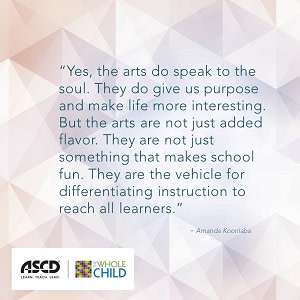If you walk into a typical teachers’ workroom and ask the question, “What’s the purpose of homework?” you’ll likely find that most teachers have a definite opinion.
- Homework teaches students responsibility.
- Homework gives students an opportunity to practice and refine their skills.
- We give homework because our parents demand it.
- Our community equates homework with rigor.
- Homework is a rite of passage.
But ask them what research says about homework, and you’ll get less definitive answers. What does research really say about homework as a strategy to improve student achievement?
When I was reviewing the research prior to writing Classroom Instruction that Works, 2nd ed., I looked at a wide review of the effects of homework on student achievement. It became clear that the effects of homework on student achievement are not entirely clear. A number of factors, such as degree of parental involvement and support, age of the student, homework quality, students’ learning preferences, and structure and monitoring of assignments can affect the influence of homework on achievement (Hong, Milgram, & Rowell, 2004; Minotti, 2005).
One synthesis of research on the relationship between homework time and achievement showed some gains at the middle and high school levels, but less so at the elementary school level (Cooper, Robinson, & Patall, 2006). Others have found that homework can help students strengthen their self-regulation skills such as managing time, setting goals, self-reflecting on their performance, and delaying gratification (Ramdass & Zimmerman, 2011).
On the flip side, there’s some research highlighting negative aspects of homework, including disruption of family time, stress, conflicts between student and parent, and restricted access to community and leisure time (e.g., Coutts, 2004; Warton, 2001).
So what’s the best approach to take? In Cathy Vatterott’s 2009 book, Rethinking Homework: Best Practices That Support Diverse Needs, she outlines practices she refers to as her “New Paradigm for Homework”:
- design quality homework tasks;
- differentiate homework tasks;
- move from grading to checking;
- decriminalize the grading of homework;
- use completion strategies; and
- establish homework support programs.
If you take Vatterott’s recommended practices along with the research-based recommendations found in Classroom Instruction That Works, 2nd ed., you can begin to view homework differently, as an extension of practice and a chance to deepen understanding of a topic. Consider these tips:
- Always ask, “What learning will result from this homework assignment?” The goal of your instruction should be to design homework that results in meaningful learning.
- Assign homework to help students deepen their understanding of content, practice skills in order to become faster or more proficient, or learn new content on a surface level.
- Check that students are able to perform required skills and tasks independently before asking them to complete homework assignments.
- When students return home, is there a safe and quite place for them to do their homework? I have talked to teachers who tell me they know for certain the home environments of their students are chaotic at best. Is it likely a student will be able to complete homework in such an environment? Is it possible for students to go to an after school program, possibly at the YMCA or a Boys and Girls Club. Assigning homework to students when you know the likelihood of them being able to complete the assignment through little fault of their own doesn’t seem fair to the learner.
- Consider parents and guardians to be your allies when it comes to homework. Understand their constraints, and, when home circumstances present challenges, consider alternative approaches to support students as they complete homework assignments (e.g., before-or after-school programs, additional parent outreach).
Because the research on homework is mixed, teachers should think carefully about what tasks they assign for homework, and what the purpose of that homework truly is. Remember that it’s essential for students to receive feedback on their homework so that they know what they did correctly, what they did incorrectly, and what they need to do next to improve.
One final note – students should not be able to pass, nor should they fail a class based on homework. I have seen some course syllabi indicating homework comprised 30% or more of the final grade. A course grade should be based almost entirely on how well a student has mastered the content. If a student earns all A’s and B’s on tests and in-class assignments, they shouldn’t be punished with an overall D because of missing homework. On the flip side, if a student has mostly D’s and C’s but turns in all homework, they shouldn’t earn a B in the course. If you feel you must include homework on the final report, consider a grade for responsibility or citizenship. An A grade in Math and a D in responsibility gives students and parents a more clear view of the student’s true progress.








